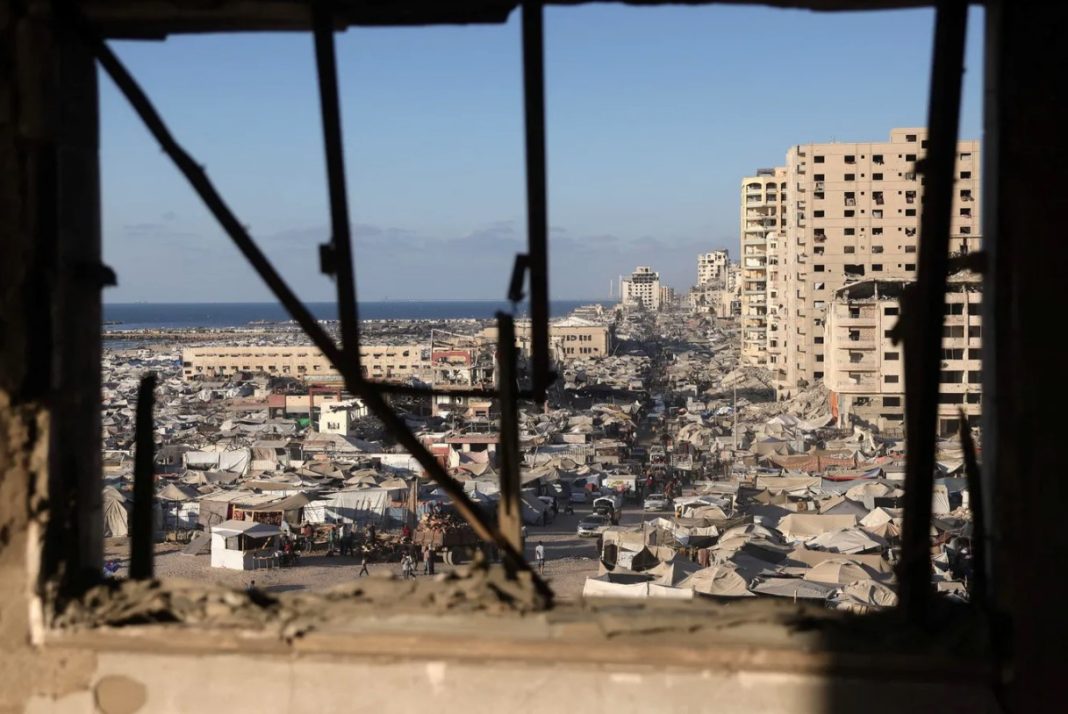Two missiles launched from Yemen with Israel as their target ended up crashing inside Saudi Arabia. The incident has raised alarm across the region as it highlights the growing intensity of cross-border hostilities.
Missiles Fired at Israel Amid Ongoing Regional Conflict
Reports say armed groups in Yemen fired the missiles. Instead of reaching Israel, both weapons fell short and landed within Saudi Arabian territory.
Regional defense systems detected the launch during the night. Although the groups aimed the missiles at Israel, they never reached their destination. Something interrupted their trajectory, and they ended up inside Saudi Arabia’s airspace. The incident caused a wave of concern about how far the fighting is spreading, even though no casualties or major damage occurred.
The attack reflects how the ongoing war in Gaza and rising tensions between Israel and armed groups in the Middle East have created a wider security crisis. Missiles from Yemen targeting Israel is not a new development, but the fact that they fell in Saudi Arabia demonstrates how unpredictable and dangerous the situation has become.
Houthis vow more strikes after alleged hypersonic hit on Israel’s Ben Gurion international airport
Saudi Arabia Caught in the Middle
Saudi Arabia has found itself pulled into the conflict even though it is not directly part of the war between Israel and Gaza. When the missiles entered its territory, Saudi defense officials immediately began assessing the damage and tracking where the weapons came from.
The explosions frightened people living in the impacted areas, even though they did not lose their lives. Falling debris from such missiles can damage buildings, vehicles, or farmland, and in this case, security forces quickly secured the affected zone.
Cash Cutoff! U.S. Freezes Yemen Bank Helping Rebel Army Bomb U.S. Forces
In the past, fighters in Yemen launched missiles and drones that hit Saudi Arabia during their long-standing conflict. However, this incident directly ties to the Israel-Gaza war and shows how Saudi Arabia’s geographical location makes it vulnerable to attacks meant for other countries.
The misfired weapons also highlight the challenges of missile technology used by non-state armed groups. These weapons are often less precise, and their flight path can change due to technical faults, interception, or miscalculation. That is likely why the missiles intended for Israel did not reach their target and instead landed in Saudi Arabia.
Rising Regional Tensions Surrounding Israel
This event adds to the already tense situation across the Middle East. With Israel engaged in heavy fighting in Gaza, armed groups in other countries, including Yemen, have launched attacks in what they say is support for the Palestinian side. Missiles and drones are frequently fired towards Israel from outside its borders, forcing regional defense systems to remain on high alert.
When missiles fall in unintended places, the risks expand beyond the main battlefield. Countries like Saudi Arabia, located close to both Israel and Yemen, face potential spillover even if they are not directly involved in the fighting. Each incident of cross-border fire not only threatens lives but also impacts security, trade, and daily life for civilians.
IDF blasts Galaxy Leader ship in Yemen as part of sweeping Operation Black Flag strikes
The latest missile launches are part of a pattern of escalating hostilities in the region. They show how conflicts in one area can quickly spill over into neighboring territories, dragging more countries into the crisis, whether they want to be or not.
For now, officials confirmed that the two missiles did not cause loss of life. But their presence on Saudi soil stands as a stark reminder of how unstable the situation has become. With Israel in the middle of the confrontation, and multiple armed groups involved, the risk of misdirected strikes remains high.

